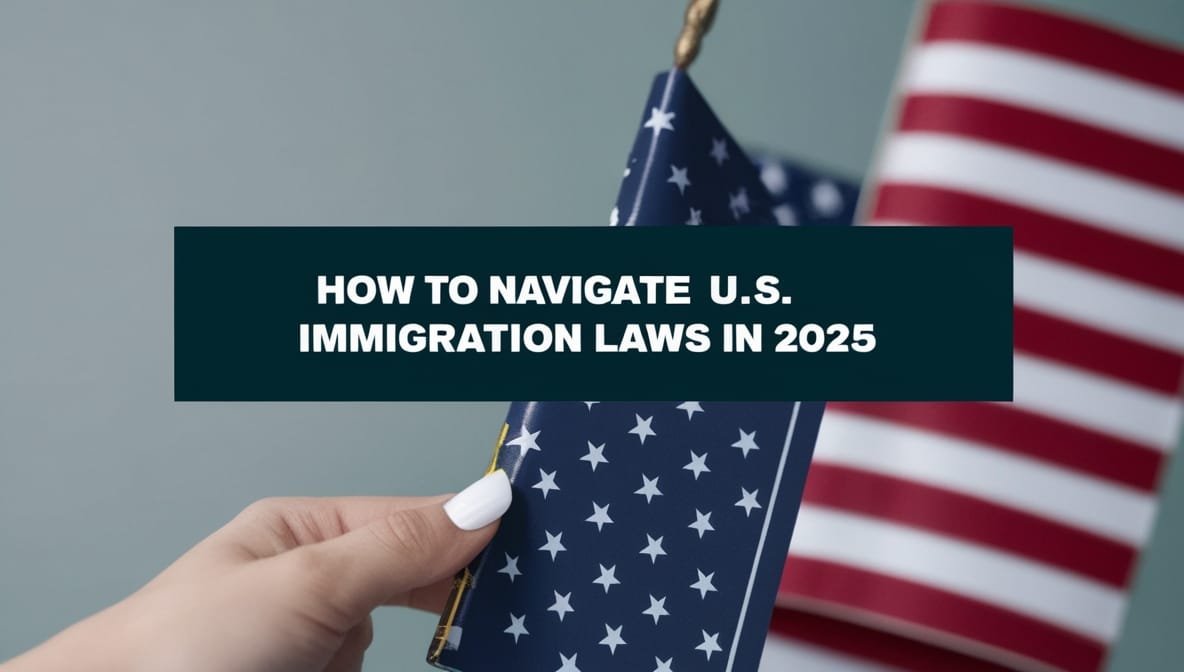Whats the Difference Between a Moving and Non-moving Violation: Traffic violations are a common occurrence on American roads, but not all infractions are created equal. The distinction between moving and non-moving violations is crucial for drivers to understand, as it can significantly impact their driving record, insurance rates, and legal consequences. This comprehensive guide will explore the key differences between these two types of violations and provide valuable insights for navigating the complex world of traffic laws.
What Are Moving Violations?
Moving violations occur when a driver breaks traffic laws while their vehicle is in motion. These infractions are generally considered more serious because they pose a direct threat to road safety and can potentially lead to accidents.
Common Examples of Moving Violations
- Speeding
- Running red lights or stop signs
- Reckless driving
- Driving under the influence (DUI)
- Improper lane changes
- Failure to yield right of way
- Texting while driving
- Driving without a valid license or insurance
Moving violations typically result in more severe consequences, including higher fines, points on your driving record, and potential license suspension.
What Are Non-Moving Violations?
Non-moving violations, as the name suggests, usually occur when a vehicle is stationary or involve issues not directly related to the act of driving. These infractions are generally considered less serious than moving violations.

Common Examples of Non-Moving Violations
- Parking violations (e.g., parking in a no-parking zone or handicapped space without a permit)
- Expired vehicle registration
- Broken or non-functioning vehicle equipment (e.g., headlights, taillights, or mirrors)
- Failure to display proper license plates
- Illegal vehicle modifications (e.g., excessively tinted windows)
- Expired parking meter
Non-moving violations typically result in smaller fines and do not add points to your driving record5.
Key Differences Between Moving and Non-Moving Violations
Understanding the distinctions between these two types of violations is essential for drivers to assess the potential consequences of their actions:
1. Impact on Driving Record
Moving violations are typically recorded on your driving record and can remain visible for several years. This can affect your ability to obtain or maintain certain types of employment, especially those involving commercial driving. Non-moving violations, on the other hand, usually do not appear on your driving record.
2. Insurance Rates
One of the most significant differences between moving and non-moving violations is their impact on insurance premiums. Moving violations often lead to increased insurance rates, as they indicate higher-risk driving behavior. Non-moving violations generally do not affect insurance rates.
3. Points System
Many states use a point system to track traffic violations. Moving violations typically result in points being added to your license, while non-moving violations do not. Accumulating too many points can lead to license suspension or revocation.
4. Severity of Penalties
Moving violations generally carry more severe penalties, including higher fines, mandatory traffic school, and potential license suspension for repeat offenders. Non-moving violations usually result in smaller fines and do not threaten your driving privileges.
5. Legal Consequences
Some moving violations, such as DUIs or reckless driving, can result in criminal charges and potentially jail time. Non-moving violations are typically civil infractions and do not carry the risk of criminal prosecution.
Exceptions and State-Specific Variations
It’s important to note that the classification of moving and non-moving violations can vary by state. Some infractions may be considered moving violations in one state but non-moving in another. For example:
- Seat belt violations are classified differently across states
- Some states may treat minor speeding offenses (e.g., less than 10 mph over the limit) as non-moving violations
- Certain equipment violations may be considered moving violations if the vehicle is in motion
Always consult your state’s specific traffic laws for accurate information.
Protecting Yourself from Traffic Violations
To avoid the negative consequences of both moving and non-moving violations, consider the following tips:
- Stay informed about traffic laws in your state and any states you frequently drive through
- Regularly maintain your vehicle to prevent equipment-related violations
- Always carry up-to-date registration and insurance documentation
- Be mindful of parking regulations and time limits
- Practice defensive driving techniques to avoid moving violations
- Consider using hands-free devices to prevent distracted driving citations
What to Do If You Receive a Traffic Ticket
If you receive a ticket for either a moving or non-moving violation, consider these steps:
- Don’t automatically pay the fine, as this is an admission of guilt
- Consult with a traffic attorney to understand your options
- Gather evidence to support your case if you choose to contest the ticket
- Attend traffic school if offered, as it may help reduce the impact on your driving record
- If found guilty, inquire about payment plans or alternative sentencing options
Conclusion: Whats the Difference Between a Moving and Non-moving Violation

Understanding the difference between moving and non-moving violations is crucial for every driver. While non-moving violations are generally less severe, both types of infractions can have financial and legal consequences. By staying informed about traffic laws, practicing safe driving habits, and knowing how to respond when faced with a ticket, you can protect your driving record, keep your insurance rates low, and maintain your driving privileges. Remember, when in doubt, it’s always best to consult with a qualified traffic attorney who can provide personalized advice based on your specific situation and state laws.
Official Website For Know More – Click Here
Also Read : Can I take a defensive driving course to reduce points on my license?






